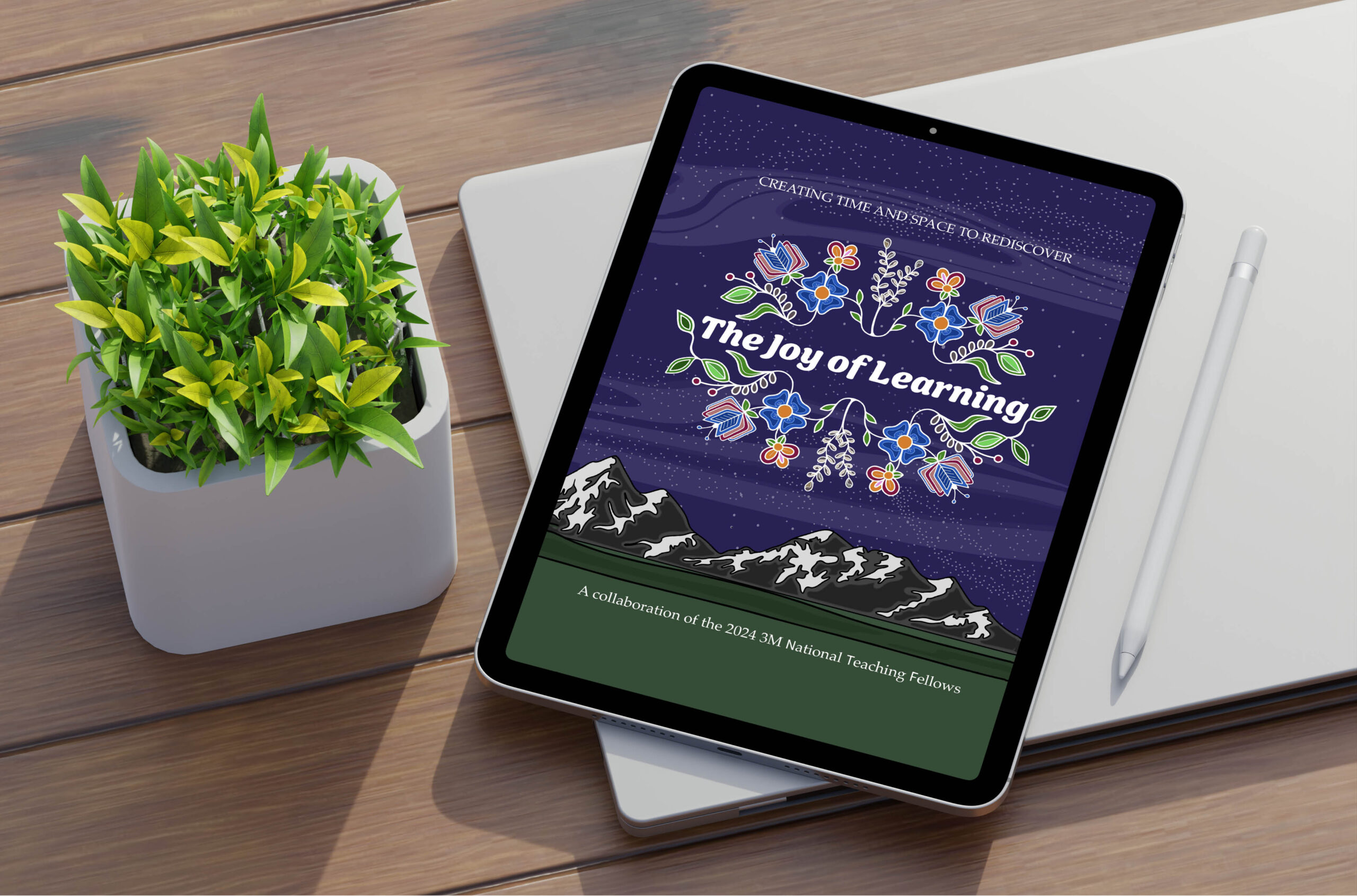How lectures can help build students’ listening skills
Effective listening is a valuable life and career skill that instructors can help students develop.

Effective (active) listening is a key communication skill. Indeed, according to a 2015 study, of three oral communication skills – presenting, listening and conversing – listening was listed as the most important skill in the workplace. For instructors who use lectures in their courses, there is an opportunity to make small but significant changes in lecturing formats to help students build and practice their listening skills.
Why effective listening is challenging
Like other communication skills, it can take time and effort to develop effective listening skills. Effective listening requires the listener to be actively engaged: the listener must give the speaker their full attention, seek to understand the message the speaker is conveying and work to interpret the message’s importance. This active engagement can be challenging on several fronts. Listeners face distractions both from their environment (noise, visual and other sensory elements around them) and from themselves (such as physical well-being and mental preoccupations). In a university lecture, listeners are often also trying to take notes and may be struggling to keep pace with the presentation of material.
Moreover, actively listening is hard to sustain for longer periods. As Youki Terada reports, “The longer you talk, the more students will struggle to pay attention. In a 2016 study, researchers concluded that elementary students were unable to focus for more than 10 minutes. Middle and high school students can hold on a little longer, but a landmark 2011 study reveals the same linear relationship between time and retention: Material presented earlier in a lecture is retained more reliably than material presented later.” Simply put: actively listening in a lecture for the entirety of the lecture is hard to do.
Why effective listening is a skill worth teaching
Helping students develop and practice their listening skills has numerous benefits for both students and instructors. Students, particularly those in their early university years, can have trouble distinguishing between the important information and the examples, details and other less relevant information. Improving their listening skills aids them in making these distinctions. As David Geelan writes, “Active listening leads to deeper understanding and better knowledge retention. It occurs when students are keenly paying attention, anticipating what is coming next, challenging the ideas presented, thinking through how these ideas fit with their existing knowledge and perspective and reflecting on how to apply the new learning in their work and life.”
For instructors, it helps build confidence that students are in fact learning. As many instructors have discovered, just because your students seem engaged doesn’t mean they are understanding or learning the key ideas. Louis Deslauriers argues that “a superstar lecturer can explain things in such a way as to make students feel like they are learning more than they actually are.” This can lead to considerable disappointment for instructors and students alike when assignments and exams reveal the discrepancy.
How you can teach listening skills
Encouraged to add active listening to your lecture-focused classes? Here are some ideas to try.
- Use explicit instruction. Tell students that you are structuring your lectures with techniques to develop their listening skills. Outline what effective listening means and how your pedagogy seeks to support it.
- Provide clear structure and signposts in your lectures. Clearly identify the key concepts and ideas. (Nothing makes student focus more like saying, “What I am about to tell you is a key concept and you might see it on the exam.”) Distinguish between the important information and the examples that support the important information.
- Make lecture slides available before class. Some instructors are reluctant to share lecture slides out of fear that this will discourage attendance. However, research suggests the opposite: “it may increase class participation because students don’t have to devote so much cognitive capacity to frantic notetaking — your slides provide the main points, and they simply add their own notations. Whether slides are available before or after the lecture makes a difference. Before is more helpful to students, with better attendance results, while after tends to reinforce student disengagement from class and decrease attendance.”
- Pause your lecture every 10 minutes or so to ask an open-ended question. An open-ended question such as “Which parts of what I just covered were less clear?” will likely generate more engagement than “Are there any questions?” Better still, pause every ten minutes or so and pose a question that challenges students to engage with the material. Examples include “What could be some of the implications/consequences of what I just covered?” or “Why might what I just covered be important?” As Geelan writes, “Deep conceptual questions that require thinking and both engaging with and applying the ideas to novel contexts are much better than simple factual or recall questions.”
- Use short active learning activities that build on effective listening skills every 10-15 minutes. Isis Artze-Vega encourages instructors to “Hold [students] accountable for listening: If you truly want your students to listen, you’ll have to give them good reasons to do so.” Your active learning activities can be very short, such as quick one-to-two-minute quizzes of material just covered using in-class polling technology. Or they can be a bit longer, such as a three-to-five-minute pause where students summarize in writing what they just heard in the lecture in their own words.
- Teach students how to listen for central ideas. At the start of a short lecture segment, tell students that after 10 minutes they will work in small groups for five minutes to distinguish between what information presented was the central idea and what information presented consisted of the details (facts, examples, etc.) supporting or demonstrating the central idea. Debrief as a class before moving on.
I hope these ideas inspire your thinking about opportunities to develop student listening within your courses.
Continuing the Skills Agenda conversation
If you use lectures as a teaching strategy, how do you encourage active listening when you lecture? Please let me know in the comments below. And for additional teaching, writing, and time management discussion, please check out my Substack blog, Academia Made Easier.
I look forward to hearing from you. Until next time, stay well, my colleagues.
Featured Jobs
- Psychology - Assistant Professor (Speech-Language Pathology)University of Victoria
- Business – Lecturer or Assistant Professor, 2-year term (Strategic Management) McMaster University
- Veterinary Medicine - Faculty Position (Large Animal Internal Medicine) University of Saskatchewan
- Canada Excellence Research Chair in Computational Social Science, AI, and Democracy (Associate or Full Professor)McGill University















Post a comment
University Affairs moderates all comments according to the following guidelines. If approved, comments generally appear within one business day. We may republish particularly insightful remarks in our print edition or elsewhere.